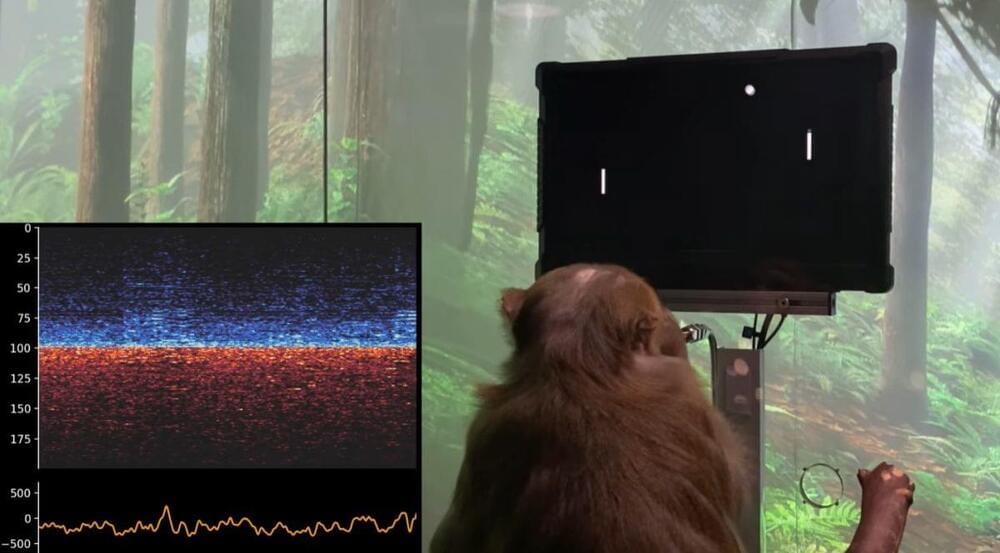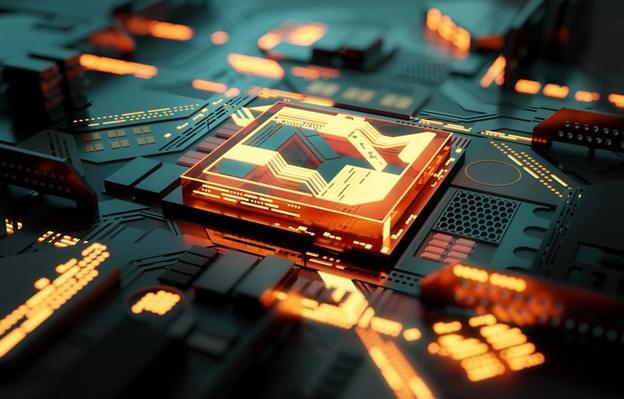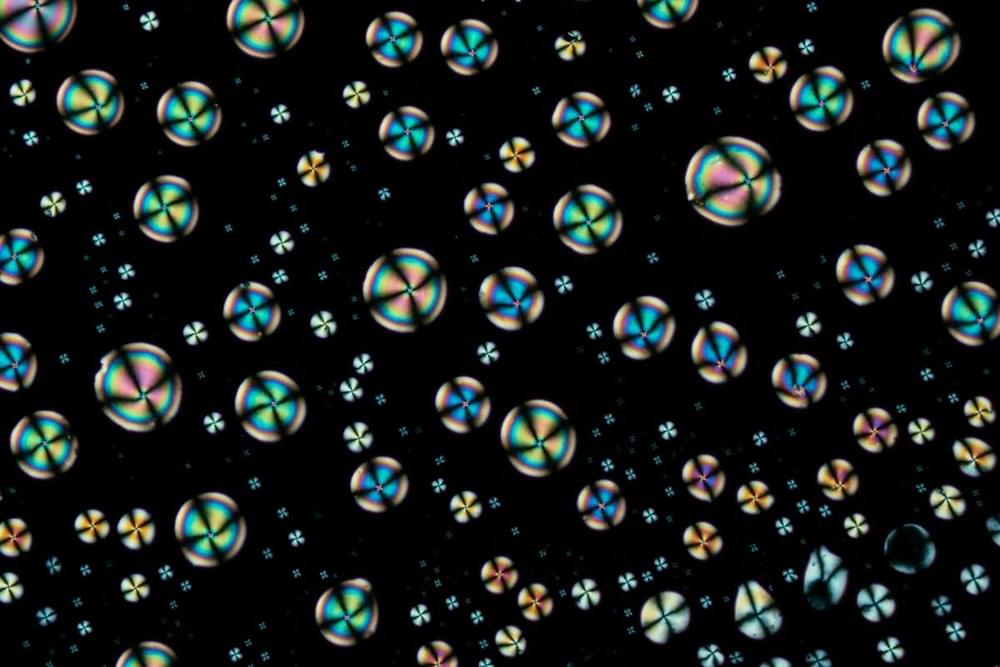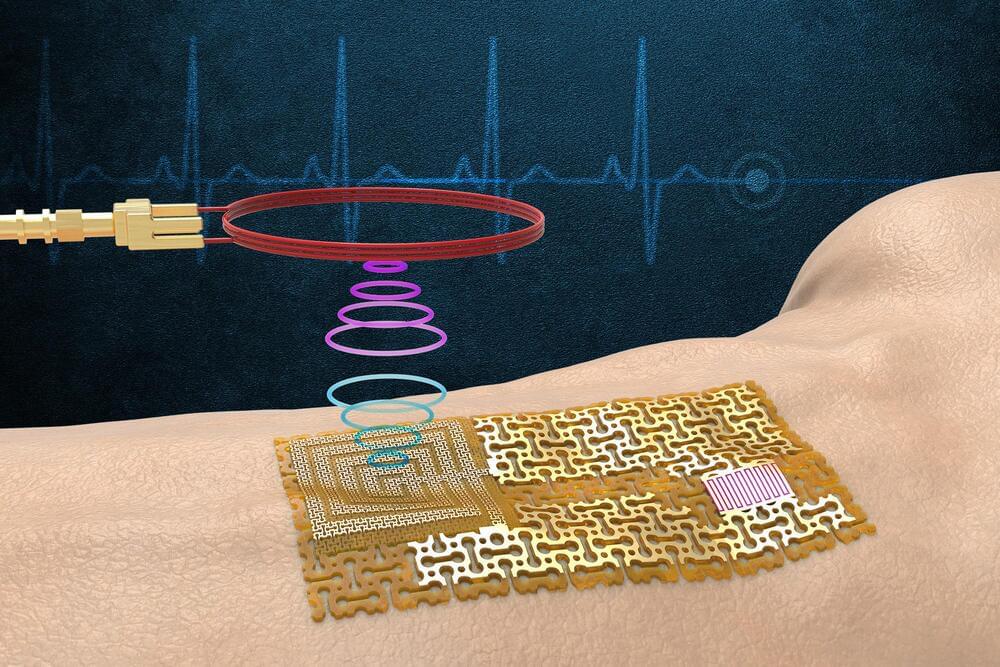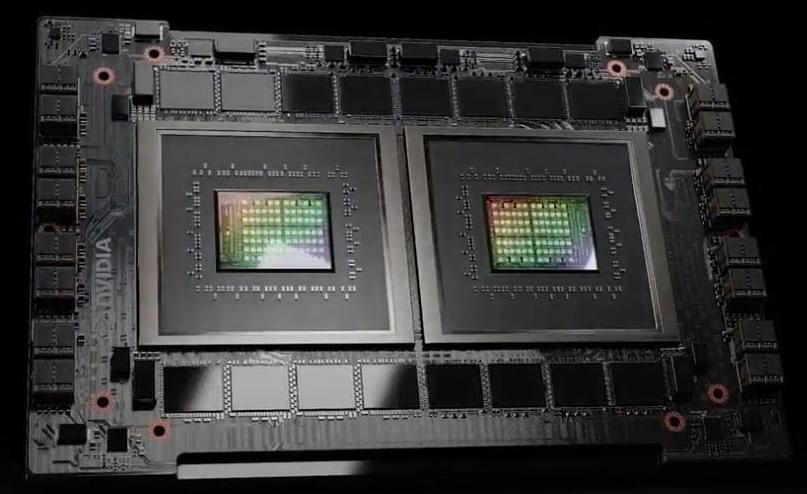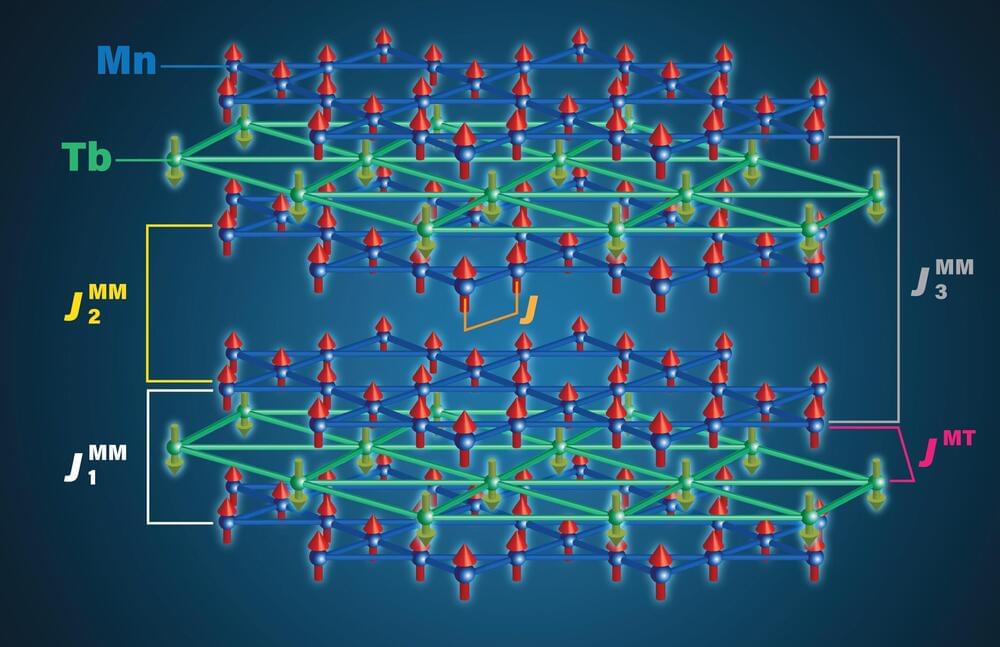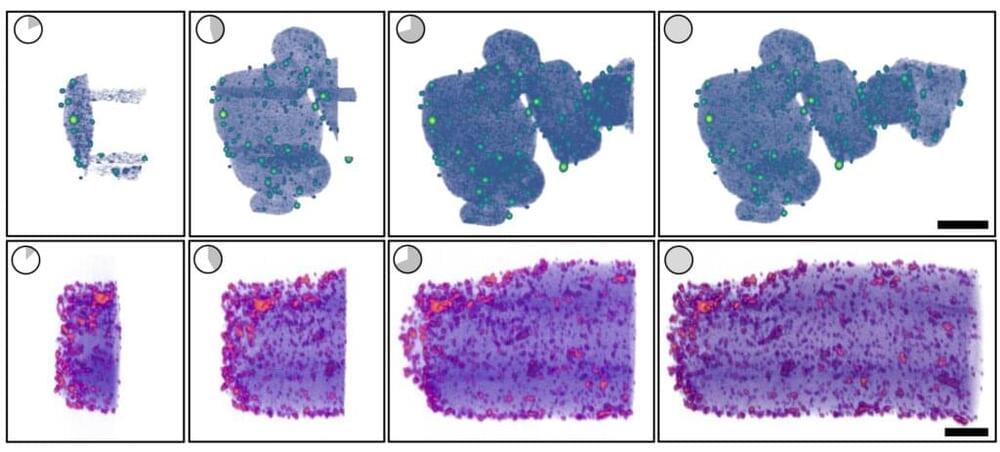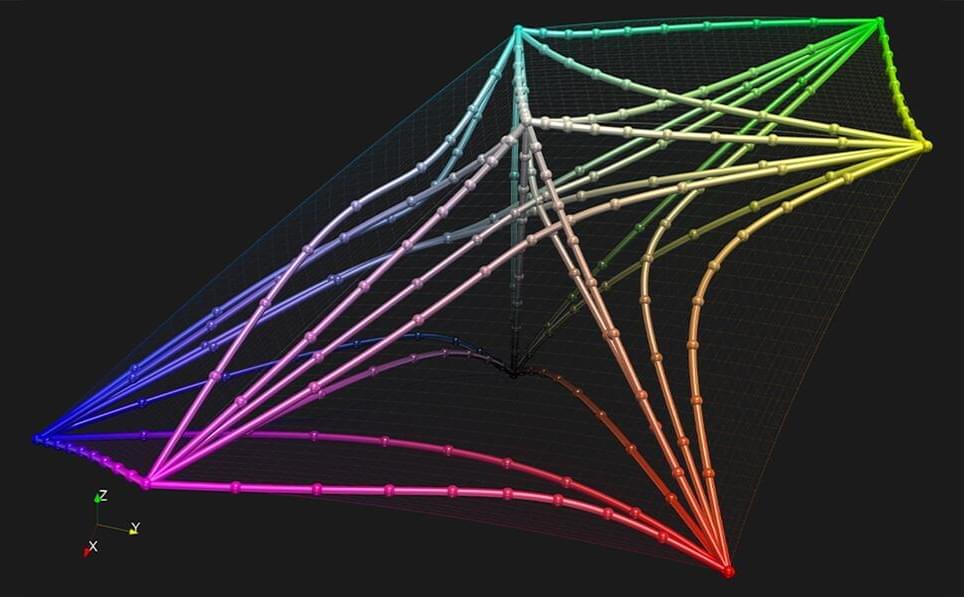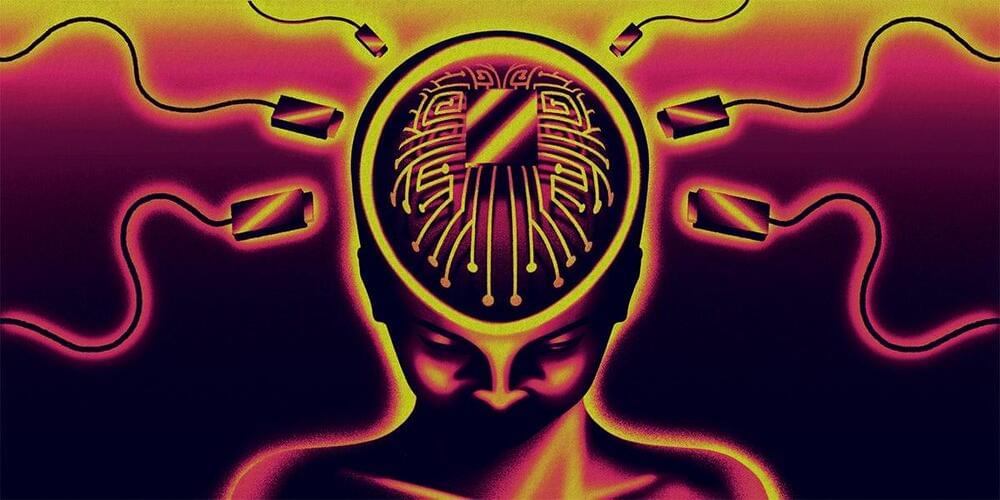Aug 20, 2022
Neuralink’s brain-computer interface demo shows a monkey playing Pong
Posted by Gemechu Taye in categories: biotech/medical, computing, Elon Musk, finance, neuroscience
Neuralink, a company co-founded by Elon Musk, has been working on an implantable brain-machine interface since 2016. While it previously demonstrated its progress by showing a Macaque monkey controlling the cursor.
It’s unclear what kind of deal Musk has offered — whether it’s a collaboration or a financial investment —since none of the players responded or confirmed the report with the news organization.
Elon Musk’s last update on Neuralink — his company that is working on technology that will connect the human brain directly to a computer — featured a pig with one of its chips implanted in its brain. Now Neuralink is demonstrating its progress by showing a Macaque with one of the Link chips playing Pong. At first using “Pager” is shown using a joystick, and then eventually, according to the narration, using only its mind via the wireless connection.
Continue reading “Neuralink’s brain-computer interface demo shows a monkey playing Pong” »
